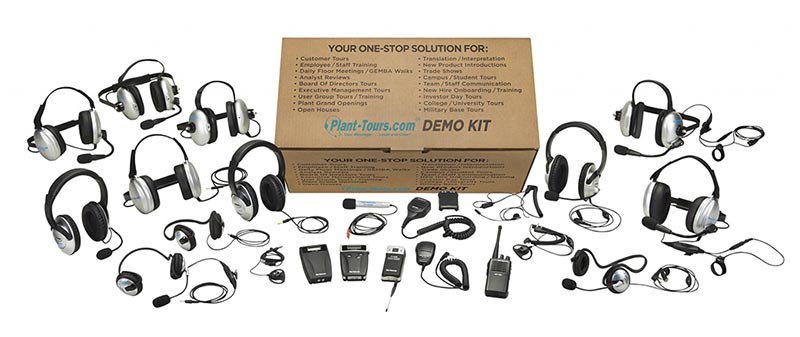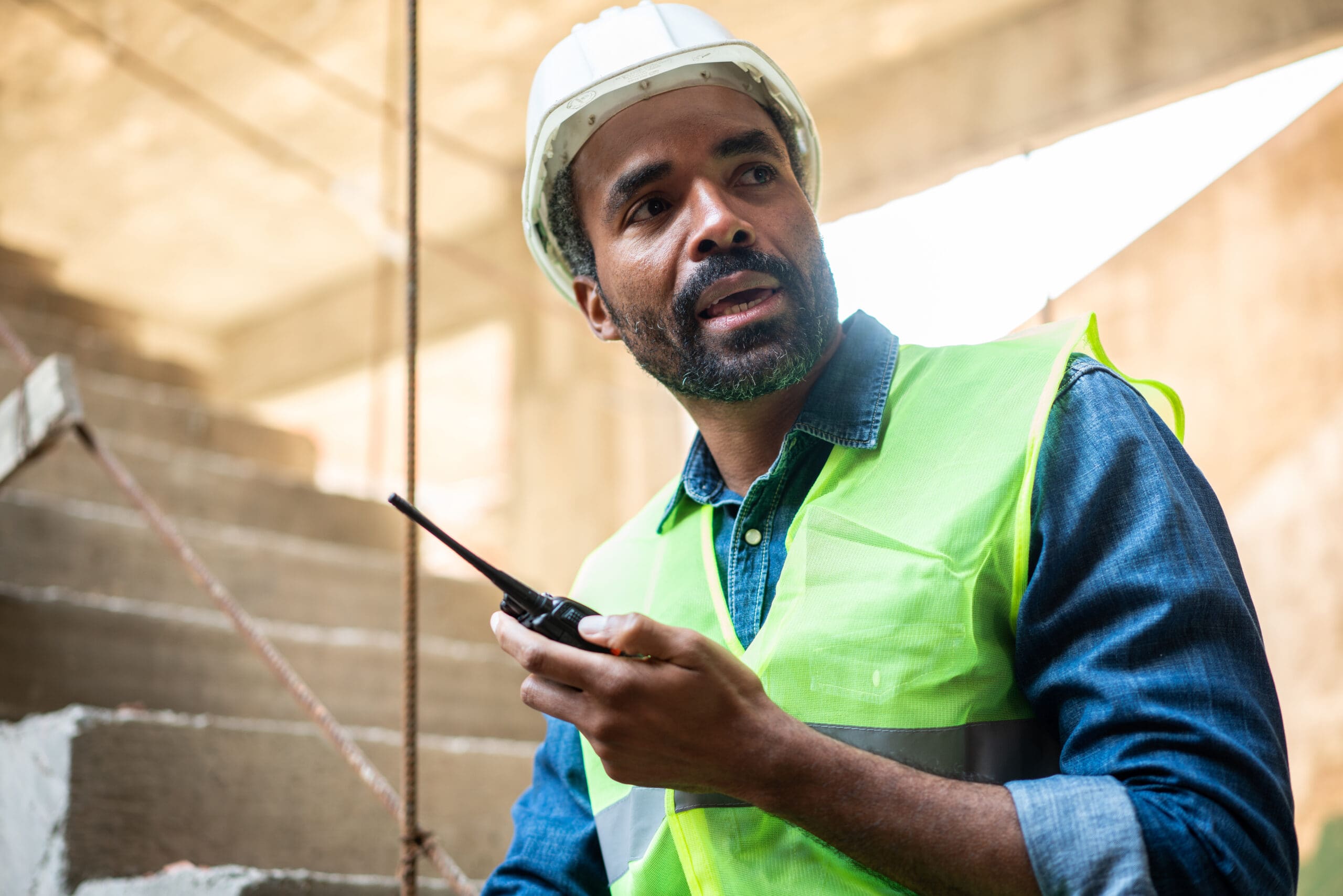In many environments, loud noises are extremely common; having the right personal protective equipment (PPE) for your ears is usually the first step in ensuring everyone in those environments remains healthy and safe. But hearing protection devices — HPDs — come in many forms these days too. So choosing how exactly to keep your ears safe can, therefore, be a delicate art. In fact, having the wrong hearing protectors can even end up doing more harm than good for the wearer. We’ve compiled a few tips below to help you choose the best hearing protection for you and your team.
The Importance of Hearing Protection
Loud environments and noisy activities obviously vary greatly, with strident sounds in places like nurseries, construction sites, rock concerts, etc. But loud noise is especially synonymous with industrial work — i.e., manufacturing facilities, factories, and production plants. Having hearing protection is therefore particularly vital for plant managers and factory workers, as well as anyone visiting such a facility. Regardless if it’s subtle or sudden, human or mechanical, brief or for long periods of time — excessive noise exposure is never a good thing. Not only is it bothersome, but it also poses an array of health and safety risks. Thus, properly protecting your ears in any loud setting is crucial. In an industrial setting, it’s simply paramount to productivity, proper communication, and the overall well-being of everyone involved.
Understanding the Hazards of Noise Exposure
Hearing loss and overall hearing damage are the most common hazards associated with noise exposure. When sound levels go above a certain point, our ears react, and eventually become less sensitive. This is known as a hearing threshold shift (TS). While a TS is how mother nature initially intended for our ear to protect itself, it can ultimately damage the ear too — sometimes permanently.
Exposure to loud noises can also cause irritability, anxiety, fatigue, depression, stress, and several other physical and/or mental health issues. Plus, it can be a recipe for miscommunication, poor productivity, workplace accidents, and so on. In other words, the potential harm done by excessive noise goes well beyond just the human ear.
How Much Noise Protection Do You Need?
The actual level of protection your ears need will depend on a few things. Your environment, the length of exposure, and the nature of the noise itself will all help you determine the right equipment.
For example, are you working daily in an industrial, manufacturing, or construction setting, or are you just using a few heavy-duty power tools to make some home repairs? Is there more than one source of noise? Are the sounds you’re exposed to low-frequency, high-frequency, or both? Do you need to hear and be heard despite the noise around you? All these are key factors and should not be overlooked.
But how much protection you need ultimately comes down to how many decibels you’re dealing with.
Determining Your Noise Levels in dB
The aforementioned threshold shift (TS) in our hearing usually occurs when sound levels go above 70 decibels (A-weighted), aka 70 dbA. The U.S. Environmental Protection Agency (EPA) and the World Health Organization (WHO), therefore, recommend keeping the noise down to a level below 70 dBA over a 24-hour period, and below 75 dBA over an 8-hour period. Anything higher usually calls for some form of hearing protection.
Meanwhile, the Occupational Health and Safety Administration (OSHA) has what they refer to as the “Action Level” (or AL), set at 85 dbA. Any sound approaching the AL can be considered potentially dangerous — and that’s when employers and employees in the U.S. are required to act and safeguard their ears.
And the National Institute for Occupational Safety and Health (NIOSH) recommends that workers exposed to noise levels above 100 dbA (for an average of 8 hours a day) wear double hearing protection (or DHP). For example, the average noise level of a chainsaw is between 105-120 decibels. So if you’re a full-time lumberjack, you might consider using DHP.
There are countless easy-to-use noise-measuring devices available today, including an app from NIOSH. To determine the noise levels (i.e., decibels) in your particular environment — shop around.

Determining Your HPD’s Noise Reduction Rating
Once you know your overall decibels, you’ll want to know your potential devices’ noise reduction ratings (NRRs) too. Regulated in the U.S. by EPA and the American National Standards Institute (ANSI), NRRs are what measure how well your device actually reduces those pesky decibels.
OSHA has a standard for calculating the NRR of a particular device. To determine how many decibels of exposure are reduced, subtract 7 from the NRR — and then divide that number by 2. For instance, if your device has an NRR of 33, it’s technically eliminating 13 decibels from the incoming noise.
Choosing the Perfect Hearing Protection
The various hearing protectors available today come in all shapes, sizes, and colors — each with their own unique science, functionality, and level of protection. But here’s what HPDs you generally have to choose from today:
Option 1: Earmuffs
Earmuffs are commonplace for anyone such as airport personnel, DJs, race car drivers, and even the military. And they’re especially useful in the industrial, construction, and manufacturing sectors too — as their earcups provide an extra layer of protection for your outer ear. A pair of standard earmuffs usually provides enough attenuation to protect your ears from noises measuring between 70 to 85 dBA. The highest NRR for earmuffs is 31, and they’re generally better for high-frequency noises.
Option 2: Earplugs
Meanwhile, earplugs can offer a higher NRR than earmuffs — the highest being 33. While a lot smaller, they actually provide more protection for your ear. Earplugs are also generally more comfortable and low-profile. For example, foam earplugs adjust to the shape of your ear canal. They usually don’t require a headband — which makes them ideal for musicians, performers, athletes, and anyone on the move and/or who needs to wear other PPE such as helmets. Earplugs are also your best bet when dealing with low-frequency noise.
Option 3: Communication Headsets
If your environment is both noisy and requires ongoing communication between people, then consider one- or two-way communication headsets. While their NRRs are usually lower than those of standard earmuffs and earplugs, they offer a whole new level of communication when things get loud. Not to mention they come with several different noise-canceling and other capabilities too.
 Option 4: DHP
Option 4: DHP
Finally, if things get really, really loud —then you might want to opt for double hearing protection (DHP). While DHP is not common, simply combining earplugs with earmuffs can offer an NRR of 36 — meaning you should be good to go even when noise levels exceed 95 dbA.
All in all, the type of hearing protection you opt for will ultimately depend on a number of different factors. Understanding your environment, your options, and the science behind them will give you a good idea of what suits your ears best, providing you with proper protection.
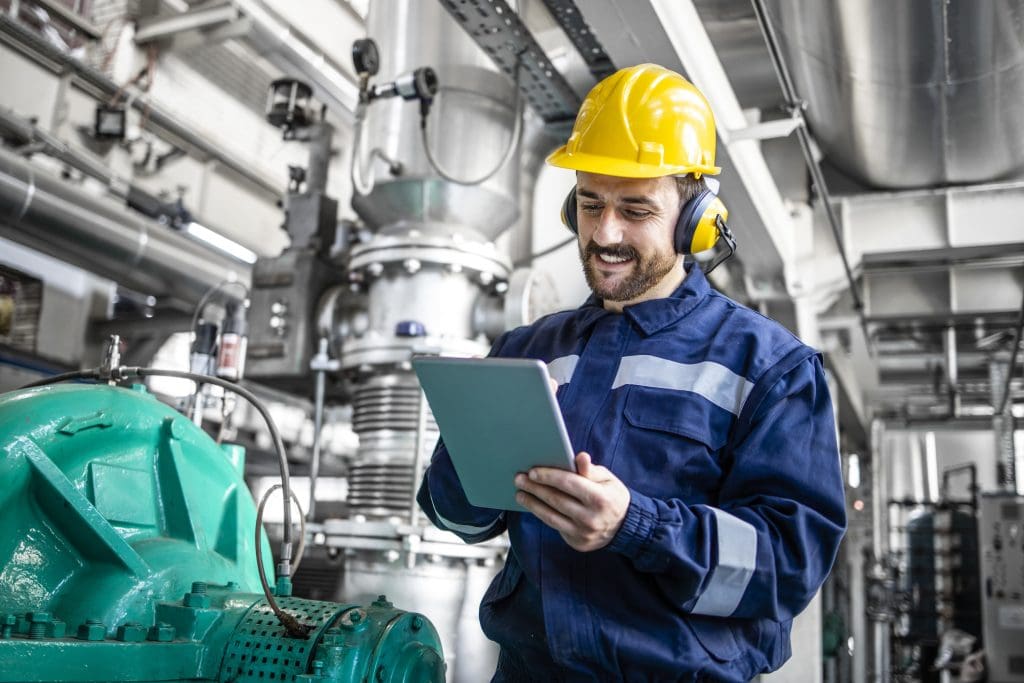
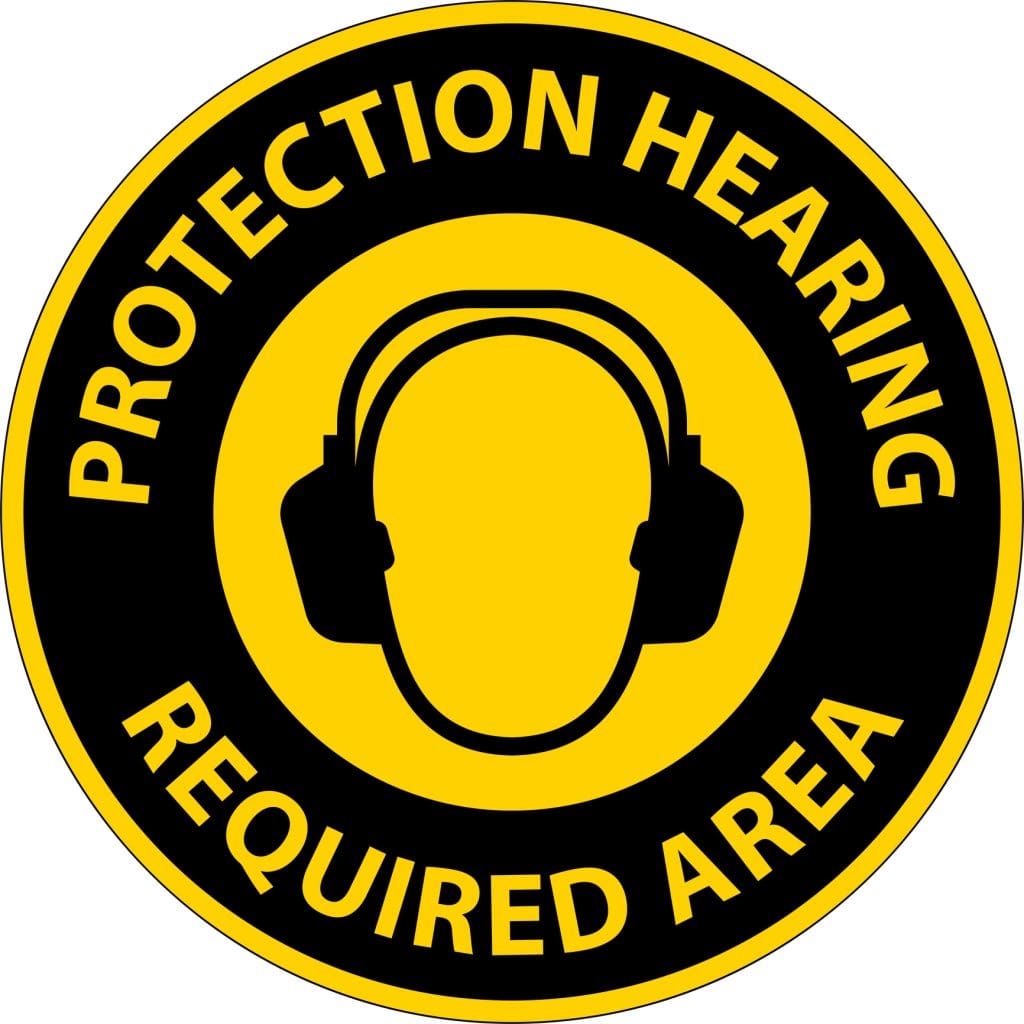


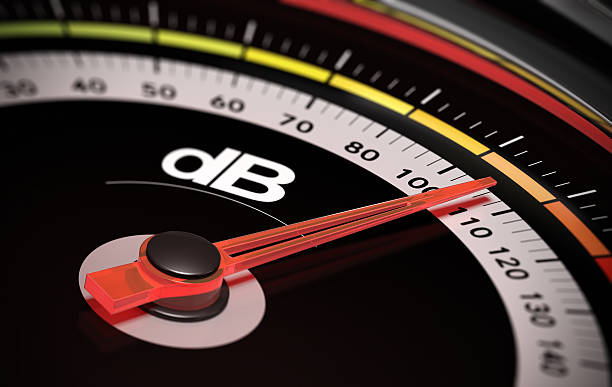
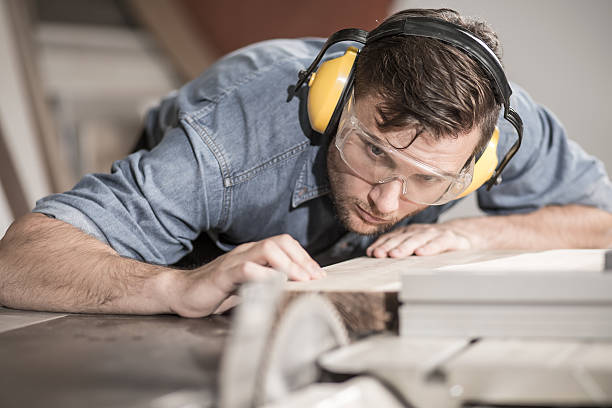
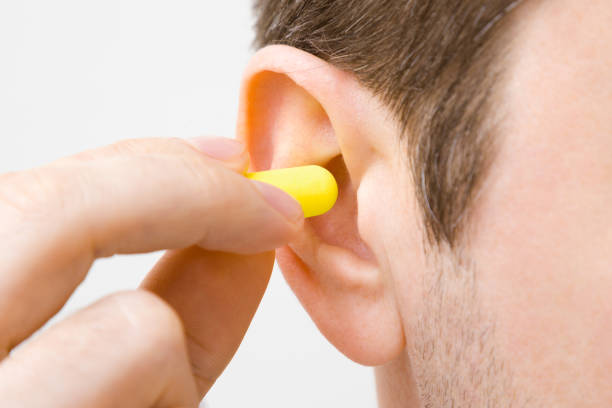
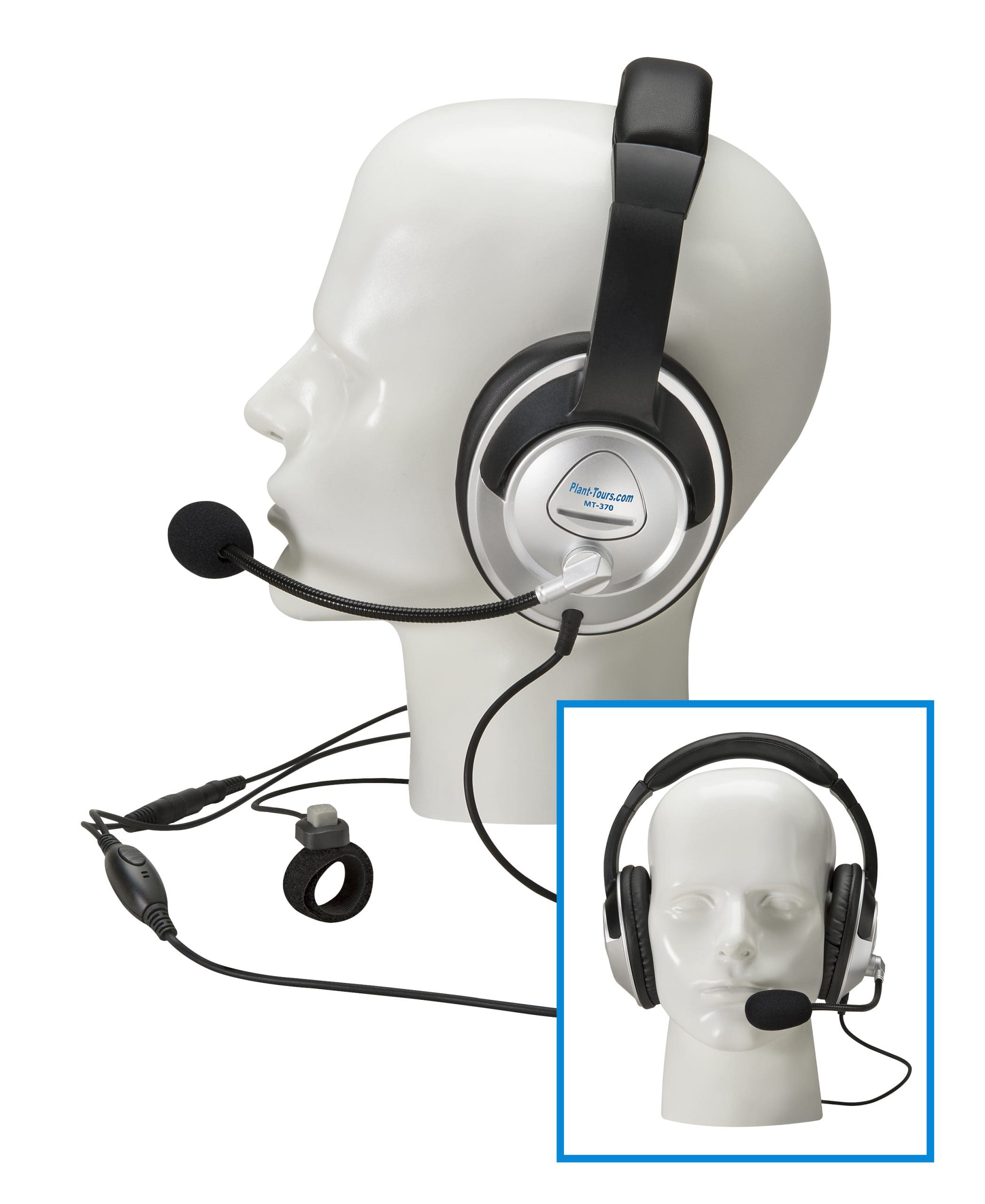 Option 4: DHP
Option 4: DHP